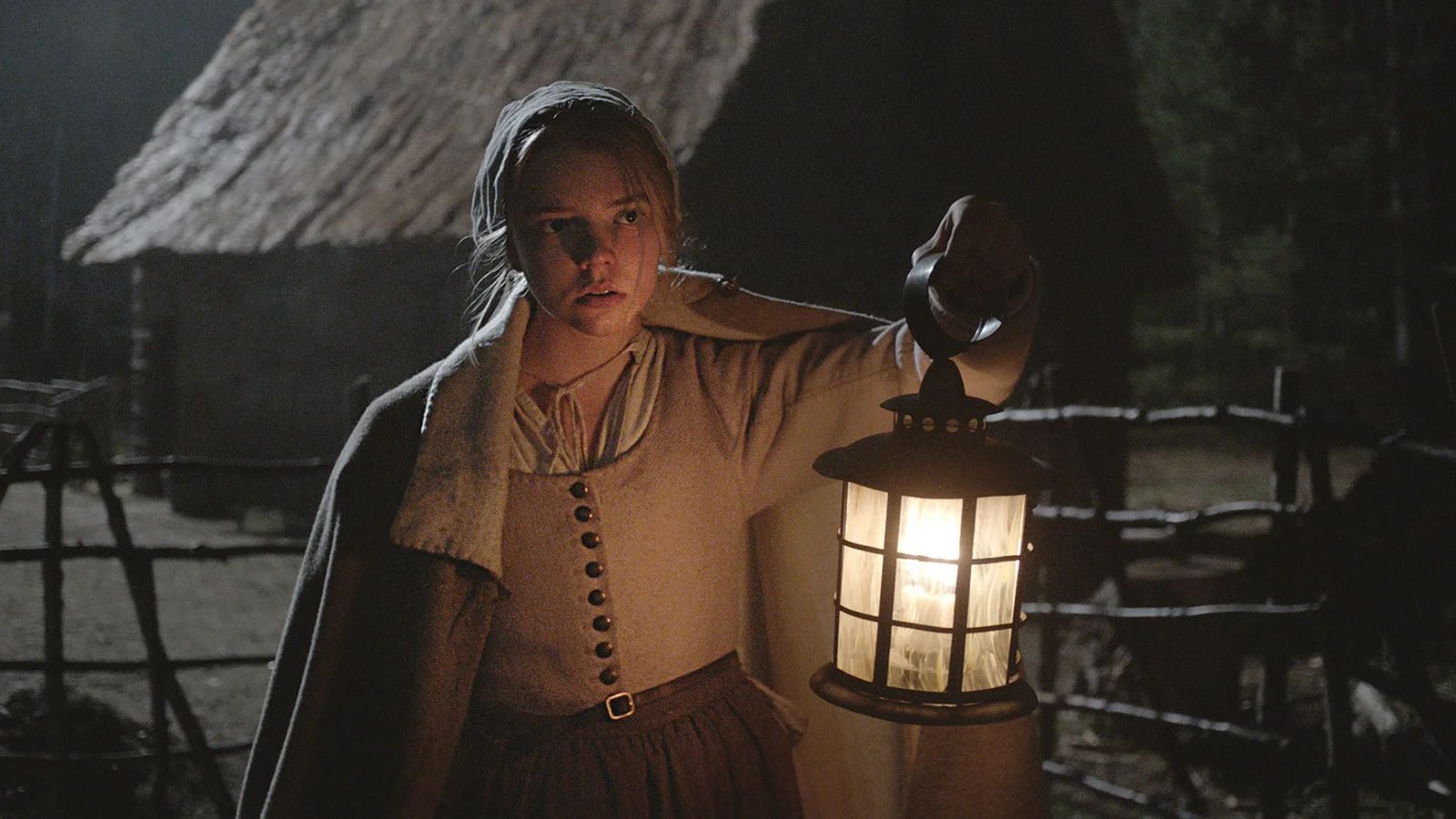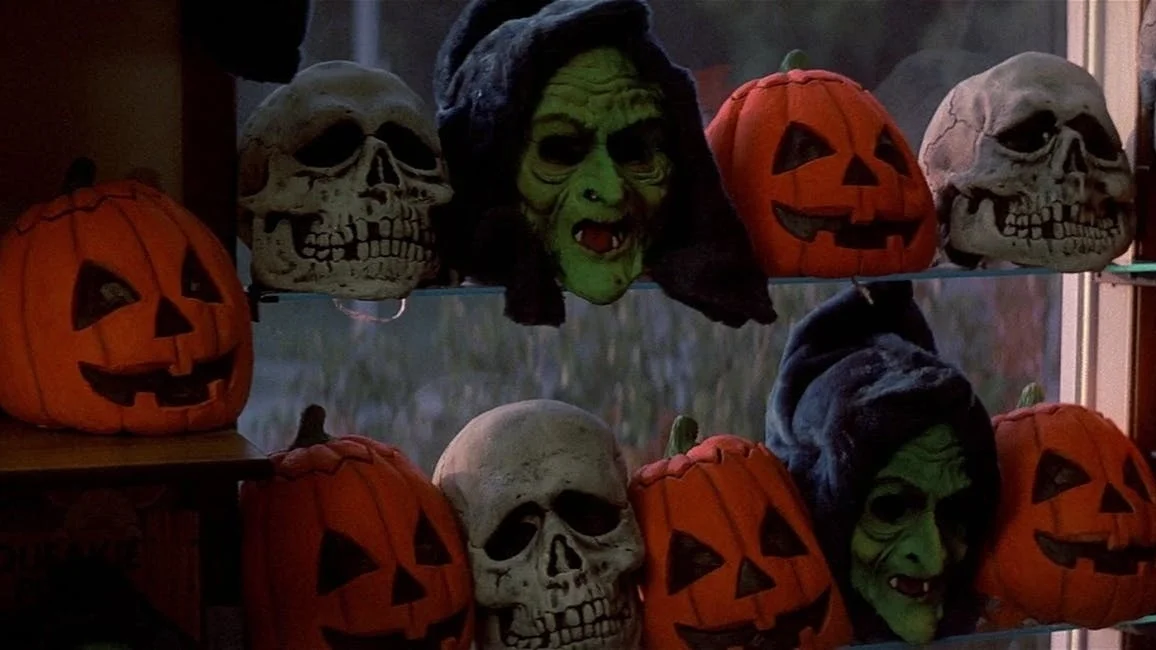Killer Darlings: The Texas Chain Saw Massacre As The Cinema Of Death
For this installment of Killer Darlings we have a Spooky Season treat! Guest Contributor Lukas Miller has a look back at Tobe Hooper’s seminal 1974 masterpiece, The Texas Chain Saw Massacre.
The Texas Chain Saw Massacre is the unequivocal cinematic poem of death, an exhaustive sprint that begins in a world of dying and decay and culminates in Hell. Its aesthetic is a distorted, perverse naturalism, in which warm sunlight shines through cracks in a shuttered window to reveal a room excessively littered with animal skulls and bones shot in extreme close-up. Director Tobe Hooper ostensibly opted for such an unaltered and unfussy appearance to achieve a degree of verisimilitude, a way of stylistically accompanying the narrated opening crawl to replicate a documentary-like experience and give audiences the sense that the events transpiring throughout the course of the film were real and immediate.
However, Hooper’s penchant for oblong shots, abnormal camera placement, and incongruous editing render Massacre more of a visceral, feverish nightmare than a macabre documentary. Death lurks in nearly every frame as Hooper moves us through a landscape that exhibits multiple layers of natural and unnatural decay.
After the opening crawl the sound of shovels digging slowly fades into the sound mix. Massacre’s first images? Death, by way of extreme close-ups of decomposing corpses, flashed up and cut away to black again. A radio broadcast recounting various murders, suicides, and bodies discovered accompanies the first full shot of the film: two desecrated corpses strung to a tombstone. Hooper holds on the image for a considerable length of time before cutting to the film’s primary cast of teenagers driving a cargo van through the dead of summer in Texas. The first shot in which the van appears is out of focus, foregrounded by a close-up on a road-killed armadillo covered in blood and lying feet up. The edits and camera angles are as unsettling as the film’s visual subject matter. Death is everywhere: it is in the tombstones in the graveyard they visit, it is in the ramblings of the local drunk, it rots the teeth of local gas station clerks, it has infected every inch of the film’s landscape. The grass and shrubbery is brown and dying around them, in the fields and the cemeteries and the ditches.
Death is even on the lips of the characters, a discussion of a nearby slaughterhouse dominating the dialogue for much of the first act. Hooper shows us the slaughterhouse, but the first shot is not an establishing shot; rather, it is a close-up of a cow’s head that fills the entire frame, an immediate and jarring cut from the prior shot of Franklin (Paul Partain) sitting in the van, juxtaposing and comparing the two as animals awaiting slaughter. The final image in the sequence shows hundreds of cows herded together, shoulder to shoulder, the teenagers’ van creeping along the highway in the background. It is an image of both foreshadowing and impression - Massacre is a surreal journey into a (literal) valley of death in which everything is in a state of death or dying, and even nature itself, filmed here in stunning distortion, is even beyond mere indifference or nature-as-nihilistic - it has died, too.
Most disturbing of all is that Hooper is not distorting reality. Digital trickery and computer-generated imagery did not exist in 1974. Yes, he cinematically perverts his subject matter via camera placement and movement, but despite this Massacre still looks and is lit in a way that feels naturalistic. Vulgar low angles and camera placement heighten the sense of unease and unsafety that fuels all great horror films, but this is what the world looks like. It is that hot. The weeds swaying in the breeze are that browned and dried out. The trees are really that dense and skeletal. All of this not only solidifies the palpable atmosphere and sense of dread Hooper creates, but also serves to make Massacre’s villains feel more real in their motivations, which subsequently makes them all the more horrifying.
The Texas Chain Saw Massacre not only depicts a perversion of image and nature, but of the horror genre. Unlike genre icons to come, such as Jason Voorhees or Freddy Krueger, Leatherface’s introduction and presence is accompanied by no ominous leitmotif. At the moment Massacre fully descends into Helll, Leatherface simply appears in the frame and quietly bludgeons Kirk once with a hammer. Kirk’s body twitches violently, a far more chilling image than out-and-out gore. He hits him again, picks up the body, and swiftly shuts the door behind him. The only audible cue that foreshadows the murder is the faint sound of pigs squealing (a cue that plays during the nightmarish dinner scene as well) while Kirk wanders down the animal skin lined hallway toward the blood red lair strewn with various skulls. Massacre does not depict these moments as adrenaline-laced slasher fodder replete with pulsing score and acting that seems to suggest these characters know what they’re in for - this is murder. This is murder of the unsuspecting victim with a practical purpose (there’s a reason most of Massacre’s killings mimic that of a slaughterhouse, and Kirk’s death is a direct evocation of the hammer discussion in an earlier scene) and often in broad daylight.
The only suspecting victim, Sally (Marilyn Burns), reacts in the way many people react when they suspect they may be murdered: she screams. The final third of The Texas Chain Saw Massacre is pure sensory assault, a relentless sprint that refuses to let up for rote stalk-and-kill. Aesthetically the film descends into Hell with Sally, cutting wildly as the sound of pigs squealing layers into the sound mix over her deafening screams while the dysfunctional family, teeth rotting in their mouths, smile and laugh and prepare for dinner. If any one image displays Hooper’s perverse representation of the natural it is in the way he depicts true terror - the extreme close-up on an eyeball twitching frantically, focusing in on the bloodshot veins darting across it.
Every image in The Texas Chain Saw Massacre’s final third, such as Leatherface, wearing his mask of cadaver skin, twirling his chainsaw in the twilight, no matter how abstract or explicit, is an image of death or its imminence. This is cinema as a perverse poem of death and putrefaction, an amalgamation of bones and blood and screams in which humans aren’t only existing in a rotting, fetid world, but contributing to its decomposition.
















